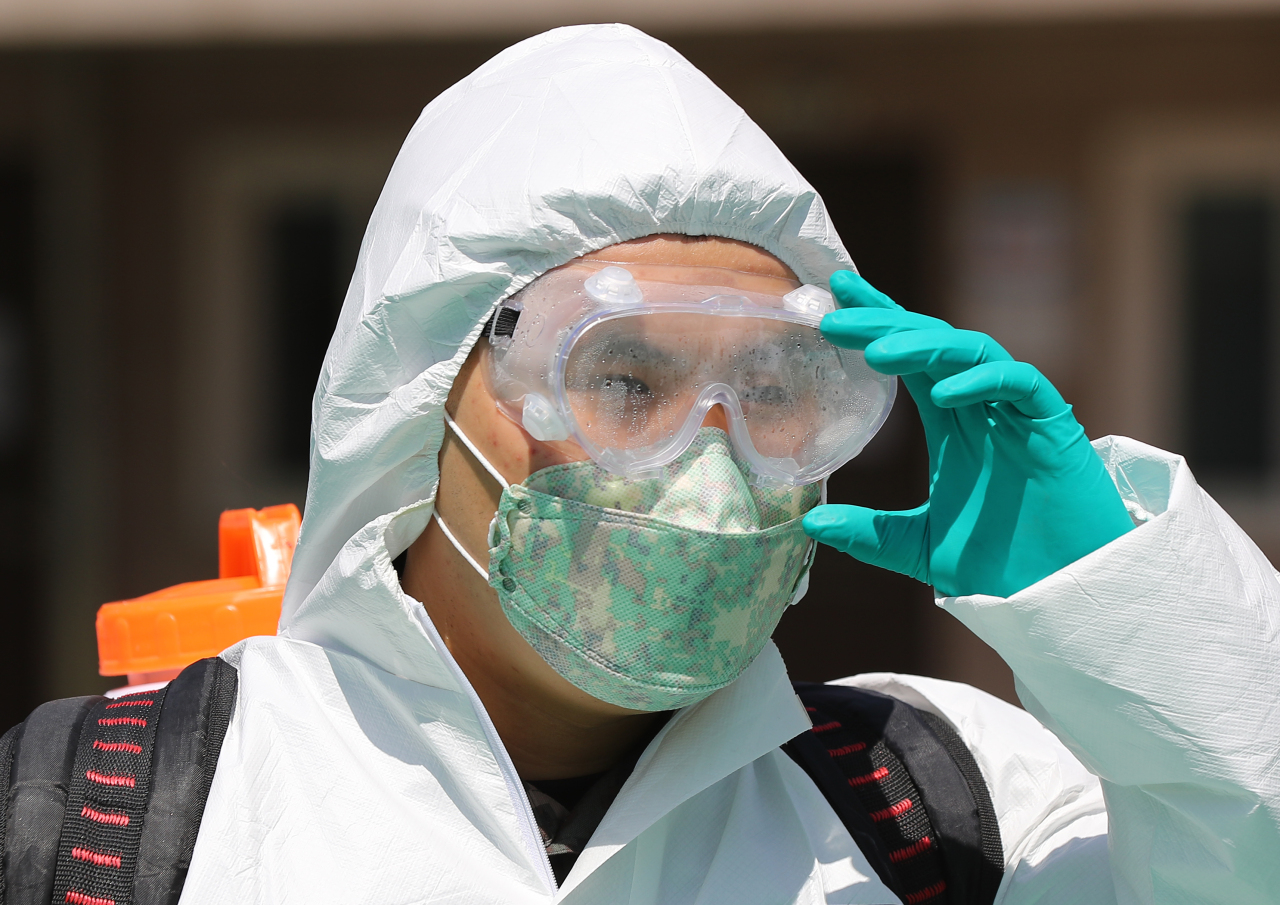 |
(Yonhap) |
Extensive contact tracing and testing helped South Korea avert what could have been a major novel coronavirus crisis in capital Seoul, shows a paper by a team of Korean health officials.
The study, penned by Jeong Eun-kyeong, director of the Korea Centers for Disease Control and Prevention along with other provincial and city health officials, sheds light on COVID-19 infections that occurred at an insurance company call center located in a 19-story building of offices and condominiums. It was Seoul’s largest cluster with over 90 confirmed cases.
On March 8, a person working there tested positive for the coronavirus. The next day, the KCDC and local governments shut down the building and set up a joint response team to launch an epidemiologic investigation and contact tracing.
Seoul raised the alarm that such a cluster could lead to a coronavirus outbreak in the Seoul metropolitan area, where more than half of the country’s population lives. At that time, South Korea had reported some 400 to 600 daily infection cases, mainly in the southeastern city of Daegu and the surrounding province.
From March 13-16, authorities sent a total of 16,628 text messages to people who spent more than five minutes near the building. Then they tracked them by using cellphone location data. The messages instructed the recipients to avoid contact with others and go to the nearest COVID-19 screening center to get tested.
Meanwhile, health authorities ran testing on all occupants of the building, including office workers and apartment residents. A total of 1,143 people were tested, with 97 found to have the virus.
Of these, 94 were from the call center on the 11th floor where 216 employees worked, translating to a transmission rate of 43.5 percent.
“Despite considerable interaction between workers on different floors of the building in the elevators and lobby, spread of COVID-19 was limited almost exclusively to the 11th floor, which indicates that the duration of interaction (or contact) was likely the main facilitator for further spreading of SARS-CoV-2,” the report said.
SARS-CoV-2 is the etiological agent responsible for the global COVID-19 outbreak.
The paper also said they had found that none of the household contacts of asymptomatic patients acquired secondary infections. Of the 97 confirmed cases, four did not exhibit symptoms.
“Robust mass testing of all suspected-case patients might have prevented asymptomatic transmission because asymptomatic persons were given information about their possible infection and therefore might have self-isolated from their household members,” it said.
Previous reports have postulated that the virus in asymptomatic or presymptomatic patients might become transmissible to others. The paper said its analysis on the call center cluster might have not detected the actual transmissibility in asymptomatic COVID-19 patients, given the high degree of self-quarantine and isolation measures that were instituted.
A full version of the paper will be published in the August issue of Emerging Infectious Diseases, a journal published by the US Centers for Disease Control and Prevention.
By Park Han-na (
hnpark@heraldcorp.com)







![[Today’s K-pop] Blackpink’s Jennie, Lisa invited to Coachella as solo acts](http://res.heraldm.com/phpwas/restmb_idxmake.php?idx=644&simg=/content/image/2024/11/21/20241121050099_0.jpg)
